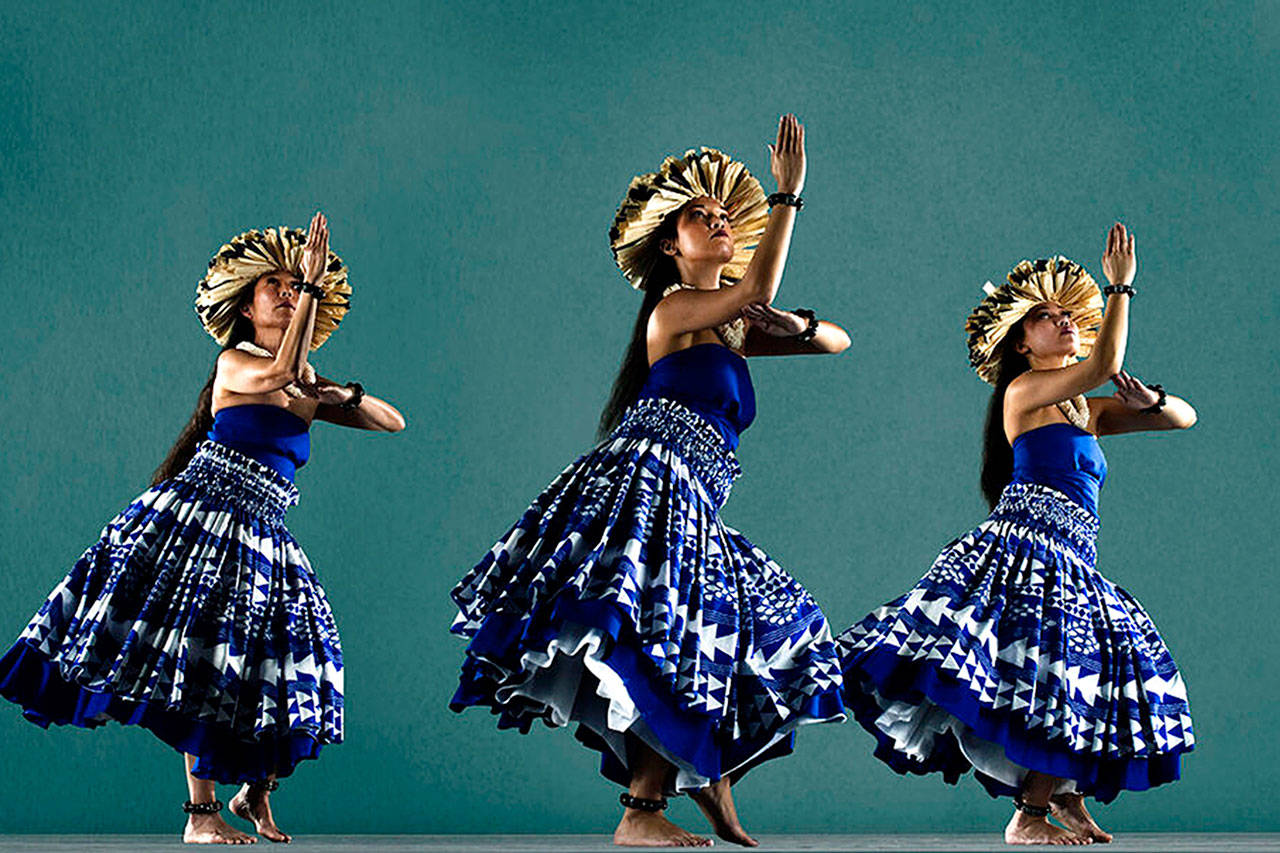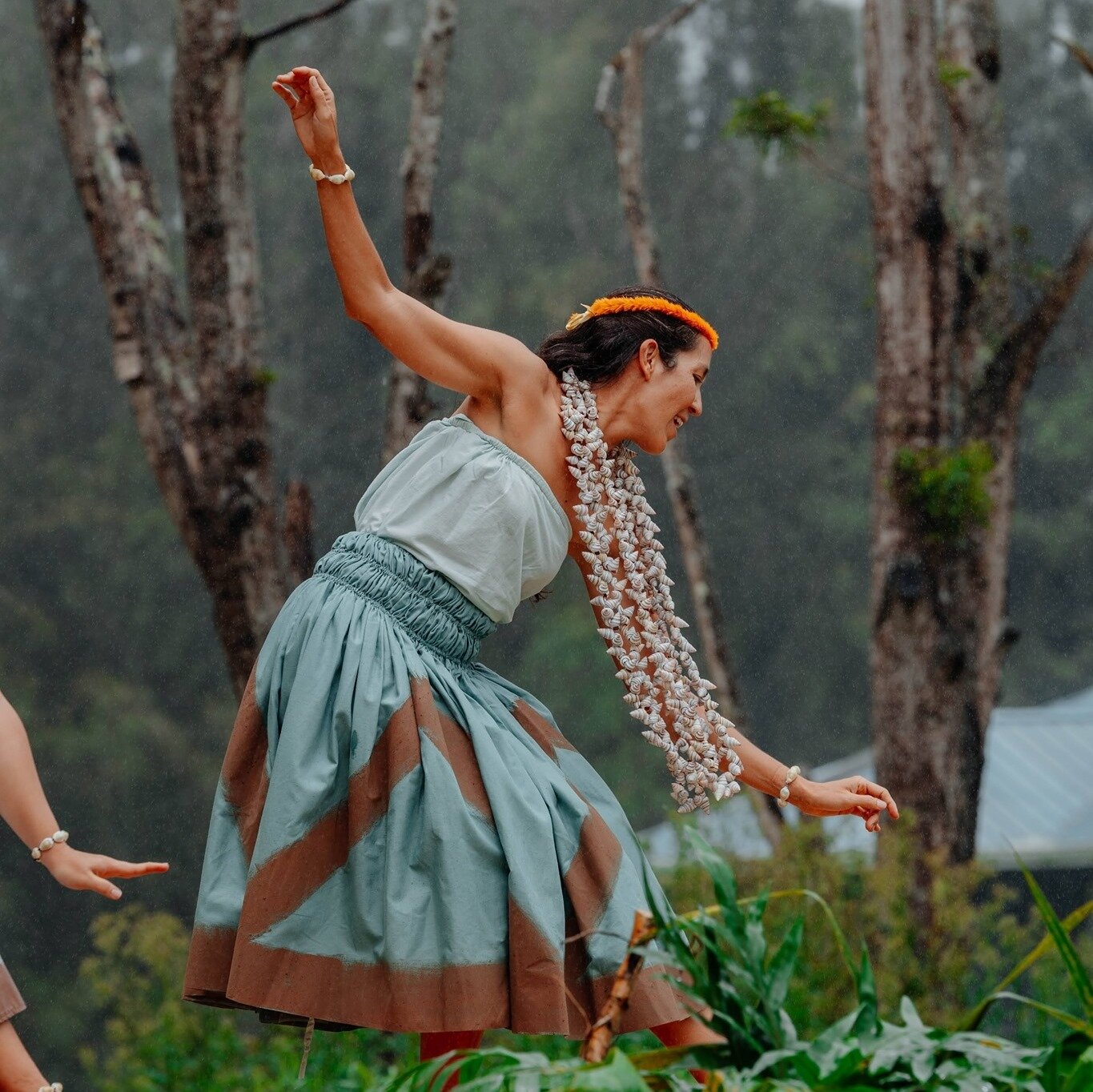1. Hula was a form of sign language
With no written language prior to Western contact in the 1800s, ancient Hawaiian language was spoken and signed. Hula was one of the earliest forms of sign language with its hand motions representing words, metaphors or emotions. This form of moving, or dancing, and chanting (later, singing), were used to preserve and impart history, traditions and stories through the generations.

2. There are two types of hula—hula kahiko and hula ‘auana
There are two forms of hula, the hula kahiko, or the ancient form, and the hula ‘auana, the modern form.
Hula kahiko is performed in traditional costumes and accompanied by mele (chanting) and traditional percussion instruments such as the pahu (shark-skin drum) and the

Hula ‘auana on the other hand is a more modern style of hula, the literal meaning of ‘auana being “to wander”. Costumes may be skirts of raffia, fresh-cut ti leaves, or bright cellophane. Most notably, the music for hula ‘auana is Western-influenced, and contrary to hula kahiko’s use of traditional percussions, uses instruments such as the ukelele, steel guitar or double bass.
3. Hula is rooted in traditional sacred rituals
With Hawaii comprising eight islands across the volcanic belt in the Pacific Ocean, and active volcanoes that erupt ever so often, it is no wonder that gods and goddesses of nature are highly revered in Hawaiian mythology. The indigenous religion, or Hawaiian spirituality, is both polytheistic and animistic; followers believe in the many deities and spirits that are found in non-human beings such as animals, fire, sky, water etc.

The earliest forms of hula were usually performed as part of worship in the heiau
With its origins in traditional sacred rituals, it is understandable that hula is a deeply spiritual practice and is seen to be the essence of life itself. It is believed that when one dances hula, they are linked with the universe, making them one with all creation.
4. Hula was banned in the 1800s
In the 1820s, Christian missionaries started arriving and they saw the Hawaiians as savages who would burn in hell if denied their moral and religious guidance. Hula was seen as a lewd, lascivious and indecent practice, and was banned. The native Hawaiians were not willing to lose a part of their culture and heritage, and kept up the practice in secret. Fortunately, the ban was lifted by King Kalākaua at his coronation in 1883.

5. The Merrie Monarch Festival
Today, King Kalākaua’s legacy lives on through the Merrie Monarch Festival, a large-scale hula competition held annually since 1964 and named in his honour. Hula halaus (schools) have also sprung up all over the world, educating both Hawaiians and non-Hawaiians about the music, dances, and stories that gave meaning to ancient Hawaiian culture.

Source: https://www.esplanade.com/
